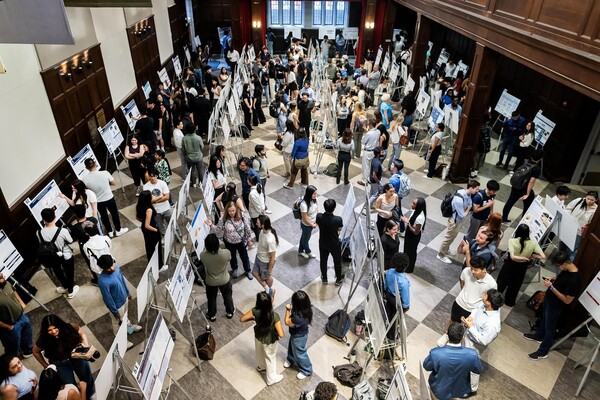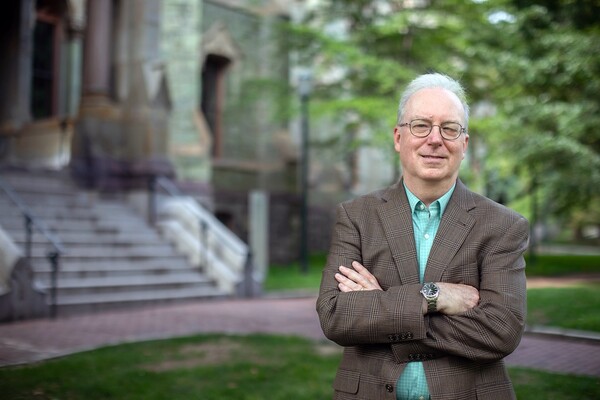
Image: Mininyx Doodle via Getty Images
The British Museum and the Penn Museum are embarking on a dynamic digital collaboration, made possible with $1.28 million in lead support from the Leon Levy Foundation that will provide unprecedented access to the archaeology of the ancient kingdom of Ur. This new online resource will open the remarkably successful Mesopotamian excavations conducted by Sir Leonard Woolley on behalf of both museums from 1922–1934—excavations which brought to light some of archaeology’s most extraordinary and famous finds—to scholars and the public alike.
At the time, the public was riveted by the opulence and drama of a 4,500-year-old Royal Cemetery at Ur (in modern day Iraq), where rulers were discovered accompanied by attendants, soldiers laid out with spears and helmets, and musicians with instruments. Woolley’s excavations uncovered a rich history of this great city, told through objects of royal and of daily life, a plan of the city, and many cuneiform inscriptions. Through these finds scholars have been able to reconstruct the lives of the people of ancient Mesopotamia: the music they listened to, the board games they played, and the school curriculum their children followed.
Woolley’s campaigns generated exemplary records, now housed, along with the objects, at the British Museum, the National Museum of Iraq, and the Penn Museum. The new project, “Ur of the Chaldees: A Virtual Vision of Woolley’s Excavations,” will combine all available information about each of the objects, along with the extensive maps, drawings, photographs and archival field records that provide essential context, in a rich, searchable website that will bring out the Ur story as fully as possible. Find spot, style of manufacture, purpose and date will be available at your fingertips, together with drawings, photographs and—in the case of inscriptions—full translations. This will enable online visitors to follow individual objects or access a multi-level site overview in a way only possible in the case of Ur—a site that also drew many famous participants and visitors, including Agatha Christie—and use new digital tools that may well advance the understanding of this ancient society.
The British Museum and the Penn Museum are in communication with colleagues at the National Museum of Iraq about the project and hope to develop an active collaboration as the project progresses.
“This is an innovative project and a most welcome collaboration, designed to open up public and scholarly access to one of the most important excavations of the 20th century,” said Dr. Julian Siggers, Williams Director, Penn Museum. “As we enable wider scholarly access to this material, we believe our understanding of Ur and the ancient Near East will improve dramatically. “
Neil MacGregor, Director of the British Museum said “I am delighted that through the generosity of the Leon Levy Foundation these sensational discoveries—housed among these three great museums—can be presented to a worldwide audience of millions.”
Shelby White, Founding Trustee, the Leon Levy Foundation, said, “Woolley’s work at Ur revealed much of what we know today about ancient Mesopotamia, and this project has the potential to discover new insights. The Leon Levy Foundation has long supported archaeological publications in print and, more recently, digital archival preservation. The Ur project takes us further into the expanding world of digital scholarship. We are delighted to be part of this effort.”
“Ur of the Chaldees,” which is expected to be complete in 2015, will be unveiled in stages, with the first tranche of information available to scholars in a beta site as early as mid-2014.
Click here to view the full release.
Pam Kosty

Image: Mininyx Doodle via Getty Images

nocred

Image: Pencho Chukov via Getty Images

Charles Kane, Christopher H. Browne Distinguished Professor of Physics at Penn’s School of Arts & Sciences.
(Image: Brooke Sietinsons)